Mika Kanaya,
What I found interesting is that NHK engineers have been working on the 8K channel since 1995!
Mika also talks a little about the difficulties associated with dealing with 8K material and that they are very excited about 8K moving forward.
Japanese broadcaster NHK has been broadcasting 8K on a permanent basis since December last year. NHK collectively refers to 4K / 8K as “Super Hi-Vision“, and with the 2020 Tokyo Olympic Games and the Paralympic Games not too far away, this is a major step in transitioning viewers to what the broadcaster is calling a “New era of full-scale super high vision”.
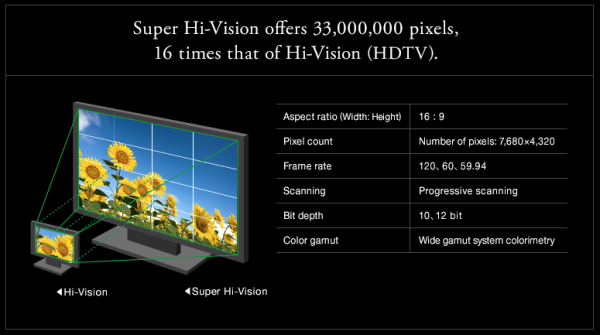
NHK’s 8K (well it’s actually 7680 x 4320) broadcasts are available on a daily basis on a special channel between the hours of 10 am and 10 pm. The picture quality of the broadcasts will be 16 x greater than that of HD, and audio will be delivered in 22.2 multi-channel. NHK broadcasts 8K in frame rates of 59.94, 60 and 120P.

Currently, NHK only has a very limited number of programs in 8K that they are broadcasting. These programs will be shown multiple times during the period of one day.
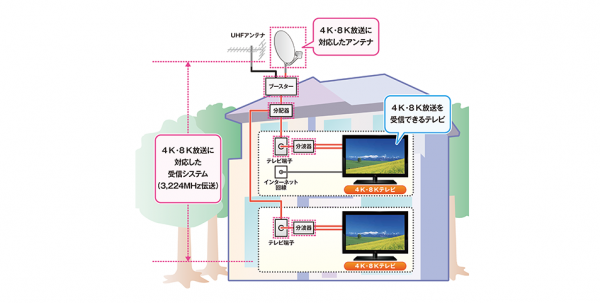
To be able to watch 8K you not only need an 8K capable television but also a dedicated satellite dish to receive the transmissions. NHK also says that viewers may also need to replace receiving equipment such as boosters and distributor boxes. Currently in Japan to watch 4K material you only need a decoder box (these are around $800-$1000 USD). NHK’s 4K and 8K broadcasting is done with BS and 110 ° CS satellite broadcasting. At present, NHK has no concrete plans of 4K / 8K broadcasting by terrestrial digital broadcasting. These means a sizeable investment by the consumer will be required if they want to watch 8K material.
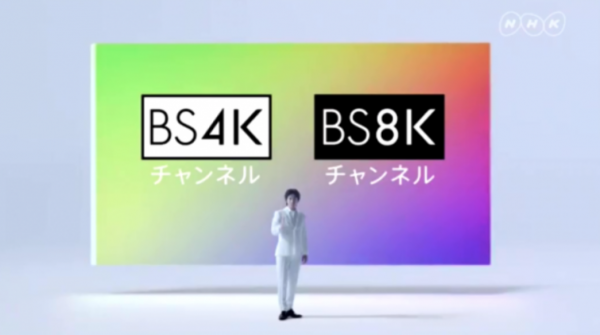
It was only 4 years ago that NHK successfully conducted an 8K image transmission test using the nation’s largest cable TV facility. In that same year, 2014, they showed vision shot using an 8K Super Hi-Vision camera with a frame frequency of 120Hz.
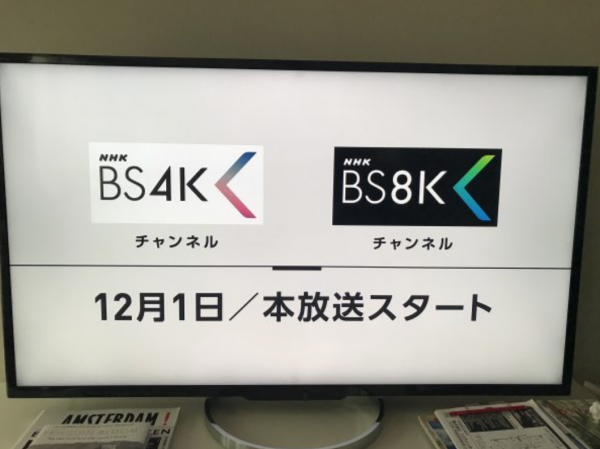
You would think that most people in Japan would be watching 4K broadcasts or at least own a 4K capable TV, but that couldn’t be further from the truth. Most Japanese are still watching HD broadcasts on HD televisions. It’s somewhat strange that NHK is now pushing 8K, even though you still can only watch very limited content in 4K on their channels.
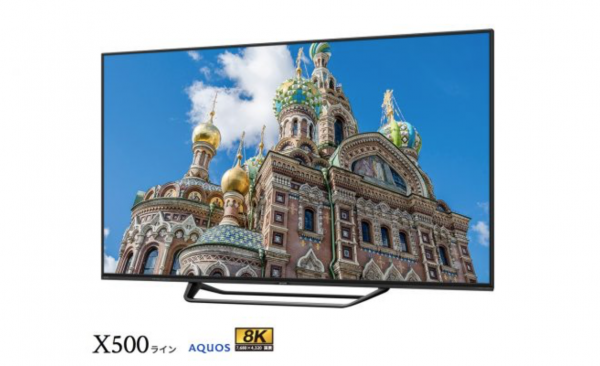
8K TV’s are far and few between and models such as the 70″ SHARP LC-70X500 sell for ¥646,290 ($5705 USD) here in Japan. The cheapest 8K television you can currently buy in Japan is the 60″ SHARP 8T-C60AW1 which retails for ¥498,00 ($4395 USD). I wouldn’t hold your breath waiting for 8K content to be broadcast in most other places in the world anytime soon. In the US, for example, the whole broadcasting infrastructure isn’t set up for 8K, and streaming services such as Netflix are solely focused on 4K at this point in time.
8K is being pushed hard
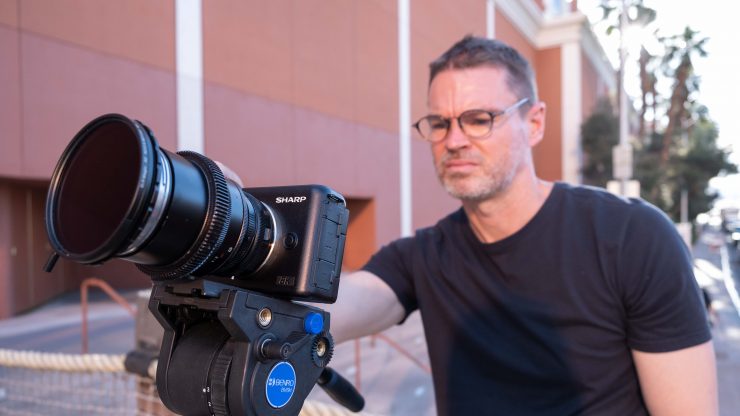
8K is coming whether we like it or not. Just this week we shot with Sharp’s new 8K prosumer camera in Las Vegas.
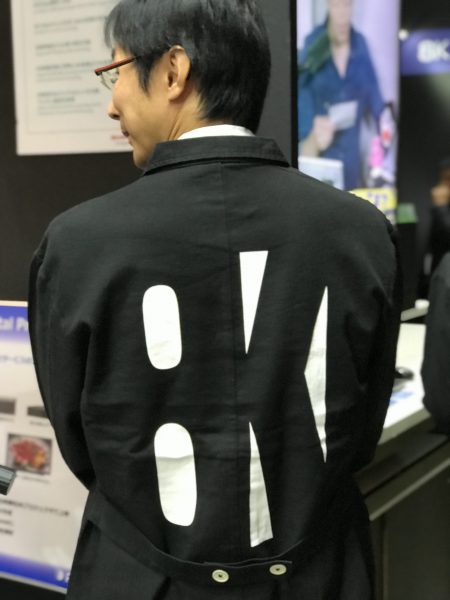
What will make or break 8K is just how easy it will be to watch for the average person. Whether or not the average consumer cares about 8K is largely irrelevant, at least here in Japan. It is coming one way or the other.
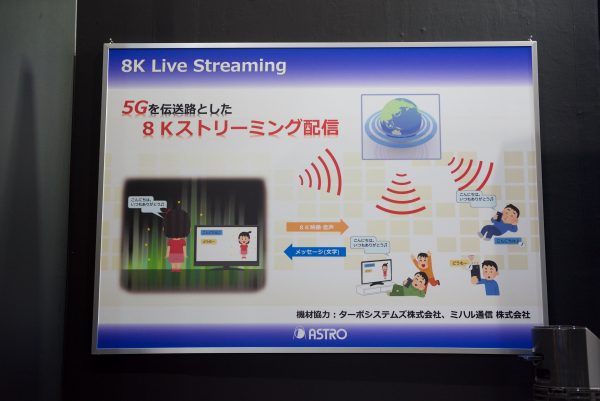
The Japanese government is keen to push 8K and in
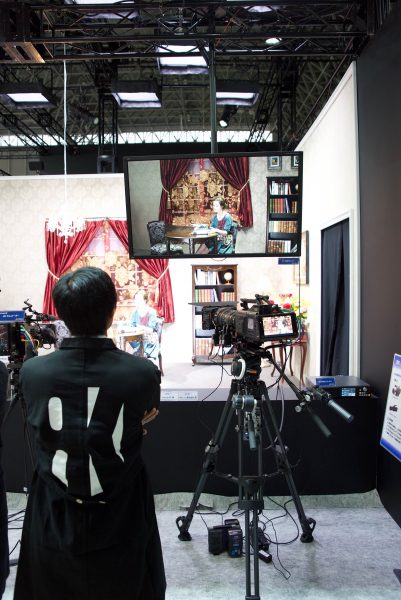
Whether we like it or not, 8K is coming. Just how long it actually takes before anyone is actually watching 8K content in significant numbers will be interesting to see. I personally think, just like we have seen with 4K, 8K is going to be primarily for acquisition purposes, rather than for actual viewing or broadcast.





